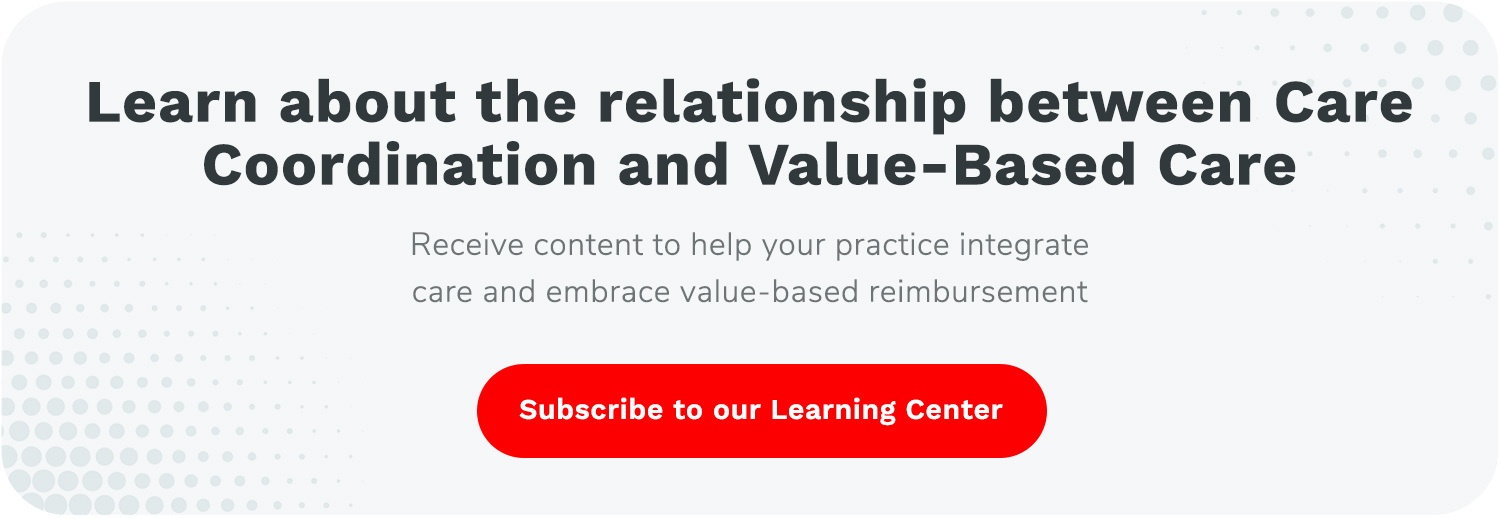Annual Wellness Visit | Value-Based Care
The 4 Key Objectives of Value-Based Care: Part 1
Value-based care requires providers to meet specific quality performance metrics. Failure to do so can negatively impact financial reimbursements and disappoint patient expectations. But even with these penalties, some organizations struggle to adopt this approach to primary care, as the course to do so isn't always straightforward.
Focusing on four key objectives, though, can help providers implement value-based care. They can act as a roadmap.
At ThoroughCare, we've helped more than 600 clinics and physician practices transition to the value-based performance model. Our software solution provides the digital infrastructure necessary for care coordination and patient-centered treatment.
In a series of videos, we'll explore each of the four value-based care objectives and show providers how they can address them using care management and wellness programs, such as Annual Wellness Visits (AWVs) and Chronic Care Management (CCM).
4 Key Objectives of Value-Based Care
In our first video, we cover four specific objectives that are at the core of value-based care. These include:
- Lowering patient costs and improving outcomes
- Increasing patient engagement and satisfaction
- Reducing readmission rates and reducing risk
- The better overall health of the population
Objective #1: Lower Patient Costs and Improve Outcomes
The first key objective of value-based care is lowering patient costs and improving outcomes. How is this achieved?
In this video, we'll cover how Annual Wellness Visits (AWV), a reimbursable program overseen by Medicare, can address these goals and help your practice embrace value-based care.
--
In part two of our video series, we cover improving patient engagement and satisfaction.
In part three of our video series, we cover reducing readmission rates and risk.
In part four of our video series, we cover bettering the overall health of a patient population.



